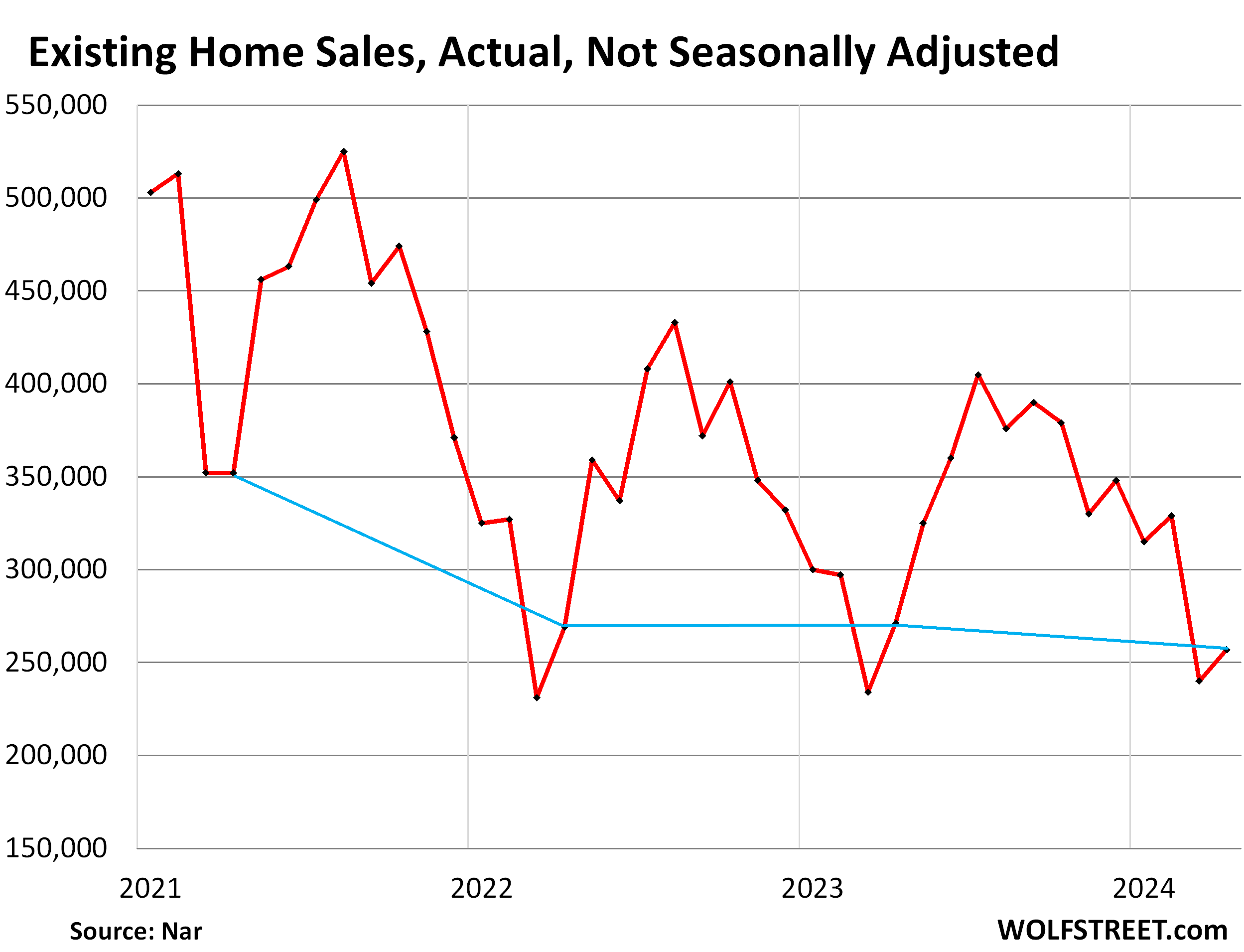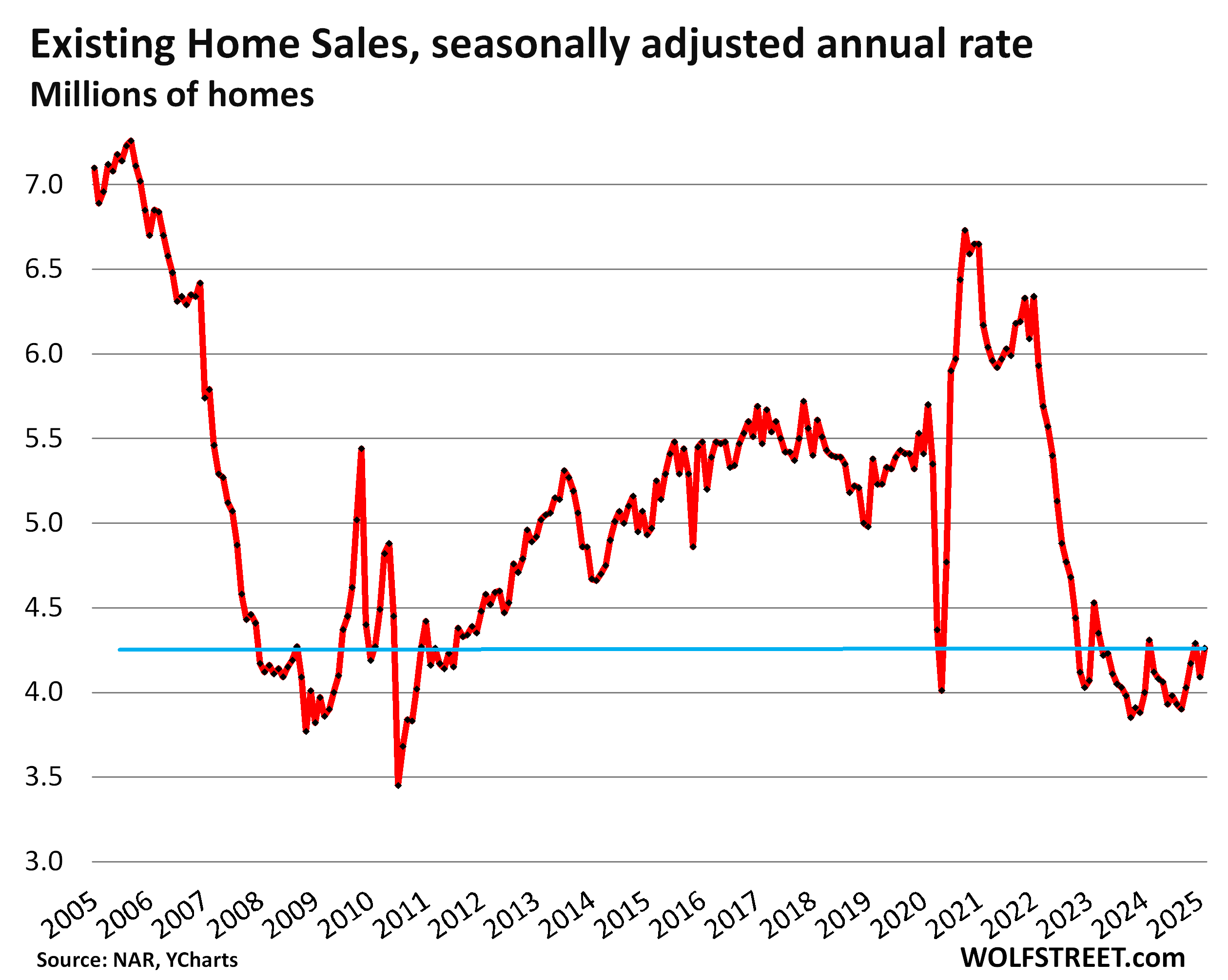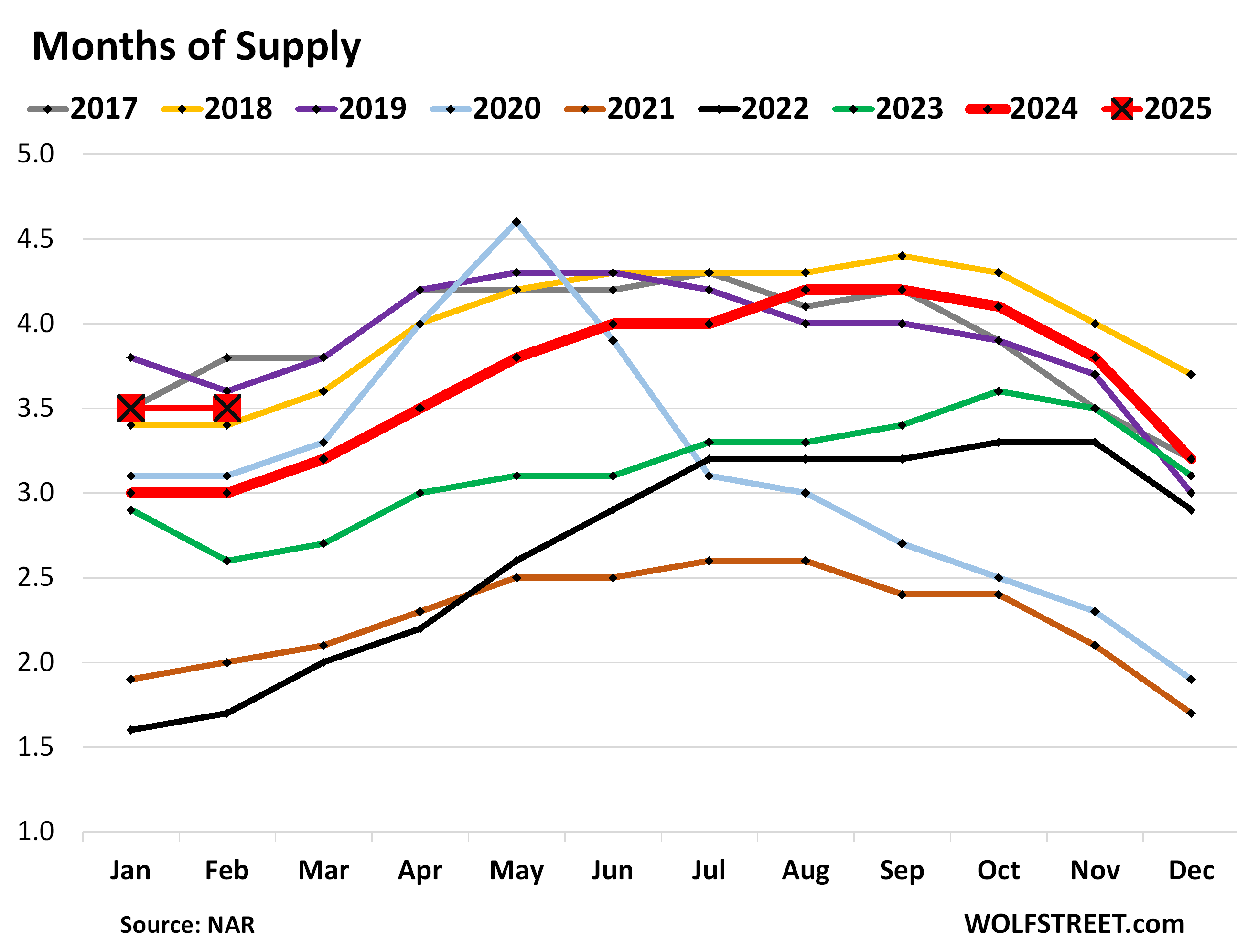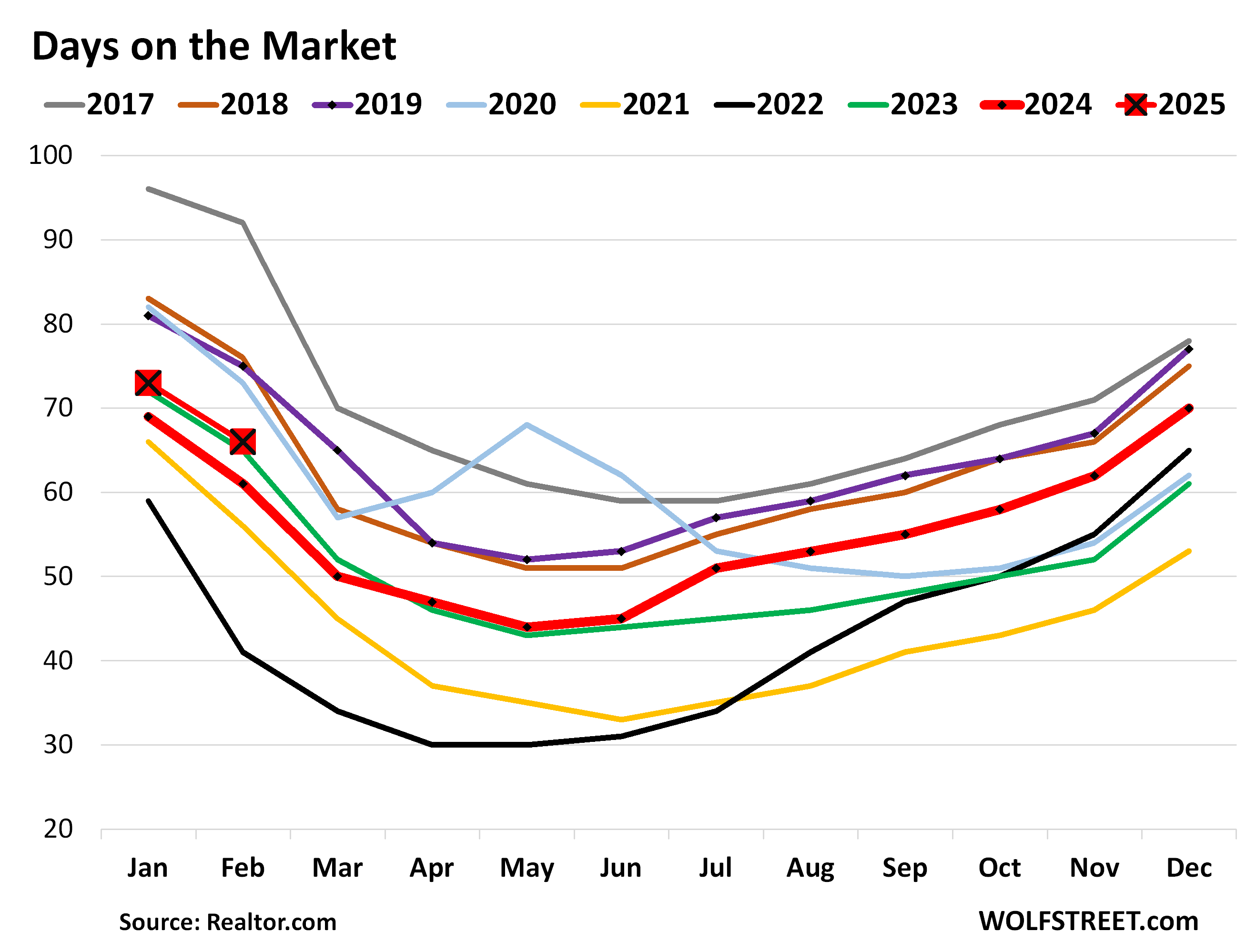• Wright stated that the oil and gas industry was previously shut out of the White House, but now they are seeking a more business-friendly climate to invest in and grow American oil and natural gas production.
• Wright noted that oil and gas prices have been dropping, and he believes this is due to the market anticipating easier production conditions under the new administration.
• Wright defended plans to refill the Strategic Petroleum Reserve, stating it is a vital national security asset, not a tool for market manipulation.
• Wright emphasized the need to increase energy production, particularly electricity, to meet growing demand from data centers and other sources.
• Wright discussed the administration’s plans to approve more liquefied natural gas (LNG) export terminals, stating it is a critical and growing export for the U.S.
• Wright also discussed the administration’s plans to potentially assist with running Ukraine’s nuclear power plants and potentially reimposing sanctions on Iranian oil exports.
Breit Baird, Fox News Host [00:00:00] Energy Secretary Chris Wright was at that meeting, joins us now from the North Lawn to discuss the President’s energy agenda. Mr. Secretary, thanks for the time. What would you take from that meeting today?
Chris Wright, Secretary of Energy [00:00:12] Well, the first thing I learned was it’s the first time in over four years that anyone in the oil and gas industry has even been in the White House. They were persona non grata before, and I think what they were looking for was just a business climate that they can invest. Keep growing American oil and natural gas production to drive our domestic prices down and have this ever-growing exports from our country. Helps our economy, helps our allies, helps our balance of trade.
Breit Baird, Fox News Host [00:00:39] You know, you have oil prices dropping. If you look at the chart from January 17th to March, now it’s about 67 bucks, 14% decrease. If you look over the chart over the past six months, you can see the dramatic drop. Gas prices have been coming down, down from 349 one year ago. You know, the question is for some of these companies, the lower prices are somewhat incompatible with increased production, or at least they talk like that. Did they raise that issue? What is the price you’re looking to go for oil and, for that matter, gas?
Chris Wright, Secretary of Energy [00:01:16] Hey, in the long, constructive dialog we had, we never discussed oil prices. Look, those are set by supply and demand. Same thing with natural gas. There’s nobody decides the price of oil or the price of natural gas. But if you make it harder to produce them, you put obstructions in the way and investment risks as the last administration does. you’re necessarily going to get less of them. You don’t change the demand, you get higher prices. So you’ve seen prices move down already, Brett, and that’s because the marketplace sees it’s going to be a lot easier to produce oil and gas in the United States now. We’re going to have investments in pipelines and infrastructure to export and move it to consumers. That’s going to drive prices down. The market’s discounting that already.
Breit Baird, Fox News Host [00:01:57] You’ve called for spending 20 billion dollars to refill the strategic petroleum reserve for oil, the SPRO. Many experts wonder whether that’s a vital national security asset or an expensive government interference in the free markets as you’re talking about. What are the plans for the SPRO? Are you going to refill that then?
Chris Wright, Secretary of Energy [00:02:16] Absolutely. You know, we built the SPROs, the strategic petroleum reserve. We don’t know what happens on a very bad day. If we have a cataclysm globally and we cut off supply of oil products from either our own fields or trading partners overseas, you need to have that in store for that bad day. It’s not for market manipulation. It’s not to win the midterm elections in 2022, as it was used for, irresponsibly drain more than it ever been in the history. to its lowest level since it was constructed today. So it’ll take us time and effort and it won’t be market moving. But yeah, we should build our strategic petroleum reserve back up because that’s what it takes to keep the American people safe and secure.
Breit Baird, Fox News Host [00:02:58] Well, are you looking for a number to start that process? Because at 67 bucks a barrel, it’s obviously down a lot from the 121 in the Biden administration.
Chris Wright, Secretary of Energy [00:03:07] Yeah, it looks to be an attractive time to be buying oil, but you can’t fill the reserve nearly as fast as you can drain it. That’s another degree of that irresponsibility. It will be years to fill the strategic petroleum reserve back up. For tweaking the outcomes of an election, we’re going to have years of reduced capacity of oil storage, but we’ll fill it, but it will take time, Brett. It takes time.
Breit Baird, Fox News Host [00:03:31] The build-out of America data centers is a big deal. It’s going to increase energy demand, some say by 15 percent by 2030. Can America meet that demand?
Chris Wright, Secretary of Energy [00:03:42] Not only can we meet that demand, we must meet that demand. This is, I liken it to the Manhattan Project, where we had to build an atomic bomb before Nazi Germany. China is going all out on AI, and it has massive national security implications, as well as the business productivity and consumer products we love so much. It has massive national security implications. We need to stay ahead in the arms race, and you’re right, it takes a lot of energy power AI, but America is an energy powerhouse. We’re the biggest producer of oil and natural gas in the world by far. Can we grow that? The biggest challenge is going to be building the electrical grid and the electric production infrastructure, not oil and gas production, but electricity production. We went backwards on that for four years. Electricity prices went up massively during the Biden administration without any meaningful growth in production capacity. We need to go the other direction now. We got to add a lot of production capacity, stop the rise of prices, and ultimately bring electricity prices back down. It’s a challenge, but the Trump administration is up for the challenge.
Breit Baird, Fox News Host [00:04:48] Yeah, so the Biden administration also halted exports of liquid natural gas. Today you signed this approval for a new export terminal, a huge growth for LNG. I’m wondering what you see in that market as far as exporting LNG across the world.
Chris Wright, Secretary of Energy [00:05:05] Oh, look, the fastest growing energy source on the planet over the last 15 years is natural gas. The planet is increasingly getting powered by natural gas. And it’s the second largest US export after oil and oil products, and it’s our fastest growing export. So it’s tremendously positive for the US economy. And boy, what I discussed, what I released earlier today was the previous administration and had a report that they had produced. that showed increased LNG exports, would have negligible price impact on domestic gas prices, and would reduce greenhouse gas emissions. They didn’t like that answer. They buried the study, and then they made a new study very carefully tailored to support their agenda, and it didn’t even really support their agenda. But those days of pseudoscience and frankly outright deception, those are over. the Trump administration’s about math, about data. and about the American people. It is a dramatic turnaround. This story is unbelievable. So you found that study?
Breit Baird, Fox News Host [00:06:11] We found the study and you said that they buried it because it made it, it was too good for liquid natural gas exports.
Chris Wright, Secretary of Energy [00:06:21] They buried the study, claimed it didn’t exist. It was subpoenaed by Congress to get it, and we were able to recover this study. The study ultimately released over a year later has the exact same title, the exact same agenda. It just removed a lot of the pages and data that got the wrong conclusion. They changed some assumptions around, made up some fictitious scenarios to sort of support their agenda. But that’s just shameless. Natural gas is not just our fastest growing export. When we have crises or shortages in natural gas, Pakistan shut their schools down because that’s how they power their busses. India stops fertilizer production. Europe is at threat of heating and electricity prices. You can’t mess with energy for political reasons. This is just critical to the American people.
Breit Baird, Fox News Host [00:07:09] Let me just ask you two quick foreign policy things. Today, President Trump, according to Secretary Rubio and the National Security Advisor, Waltz, discussed Ukraine’s electric supply and nuclear power plants, saying that the United States could be very helpful in running those plants and American ownership of those plants. So he wants to run, the U.S. to run or own nuclear power plants in Ukraine. How would that work? And would that require U.S. boops on the ground, or how would that work?
Chris Wright, Secretary of Energy [00:07:38] Oh, certainly we have immense technical expertise in the United States to run those plants. I don’t think that requires boots on the ground. But I’ll leave the foreign policy to President Trump and Secretary Rubio. I know they are working tirelessly. How do we bring peace to Ukraine? How do we get this fighting to stop, which takes both sides to lay down their arms? But if it was helpful to achieve that end, have the U.S. run nuclear power plants in Ukraine? No problem. We can do that.
Breit Baird, Fox News Host [00:08:05] Last thing, last April, Congress passed a new Iran sanctions law called the S-HIP Act, targeting ports that harbor sanctioned Iranian tankers. Experts said it could bring a new level of maximum pressure against Iranian oil, but the Biden administration didn’t ever roll that out. Are you going to do that?
Chris Wright, Secretary of Energy [00:08:24] Oh, Trump, in his first administration, President Trump did exactly that. Iranian exports dropped by 75 percent. Huge financial squeeze on them stopped significant money flowing to terrorists and saved a lot of lives around the world. Can that be done again? Absolutely. Absolutely, that can be done. And if that foreign policy decision is made to do that, it can be executed swiftly.
Breit Baird, Fox News Host [00:08:49] And if there are sanctions on Iran, sanctions on Russia that affect oil, U.S. production can make up the difference.
Chris Wright, Secretary of Energy [00:08:56] I believe so, absolutely. We’ve got pretty loose oil markets right now. There’s some spare capacity in the Middle East as well, and U.S. production can grow. So, yeah, I think we have great foreign policy flexibility right now. That’s the importance of American energy dominance. Not only helps our domestic economy, gives us great geopolitical leverage.
Breit Baird, Fox News Host [00:09:16] Mr. Secretary, we really appreciate the time. You’re welcome back anytime.
Chris Wright, Secretary of Energy [00:09:20] Thanks for having me, Brad.










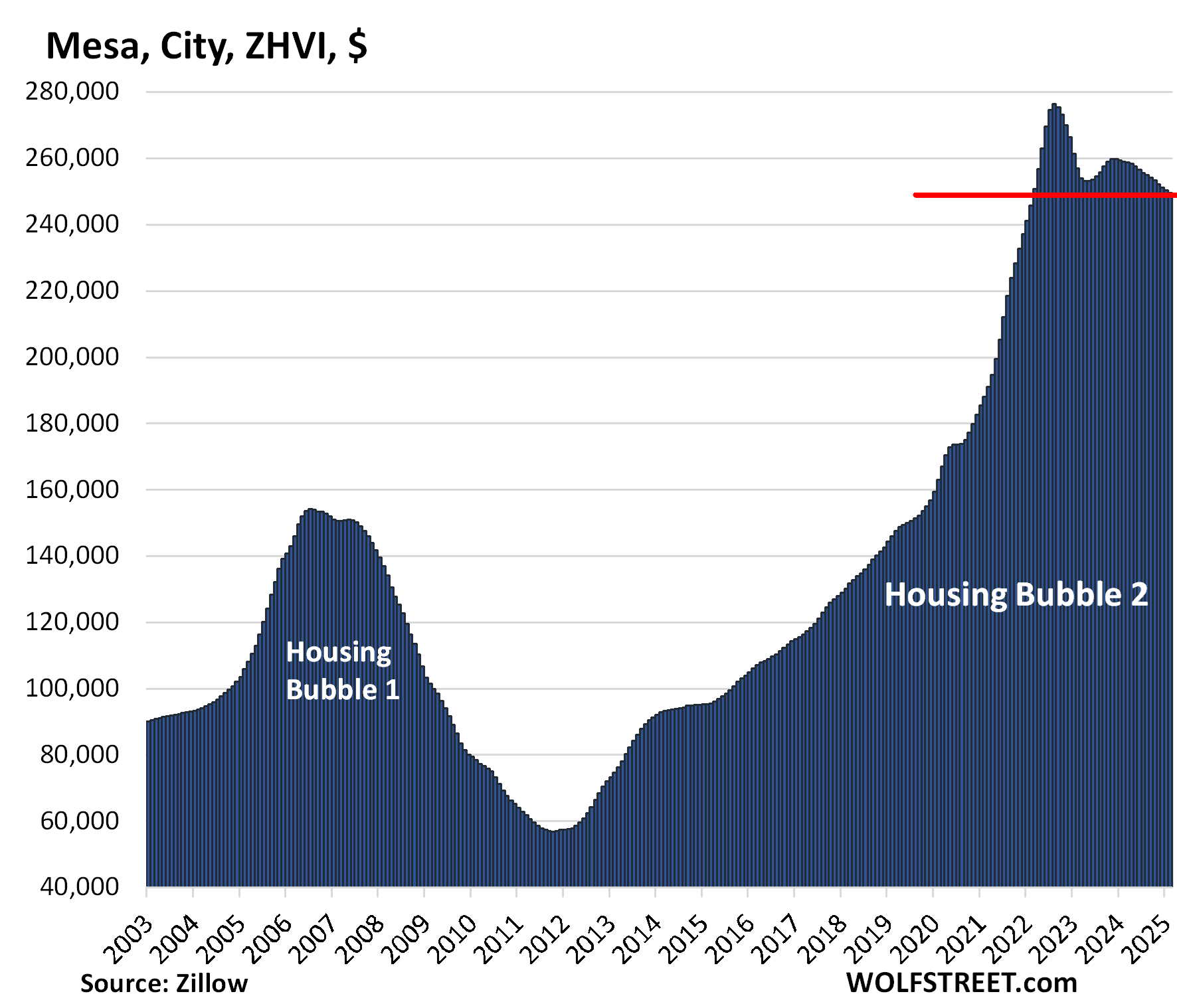
![]()










